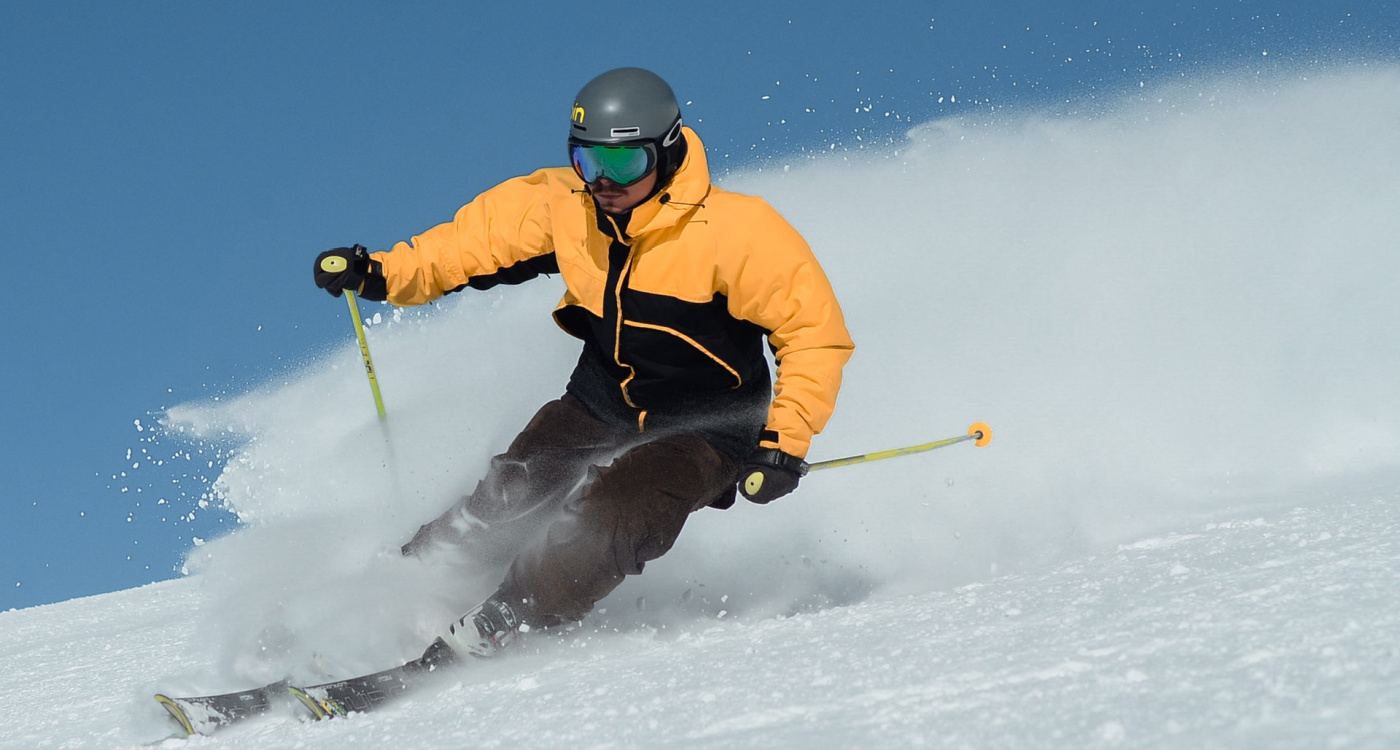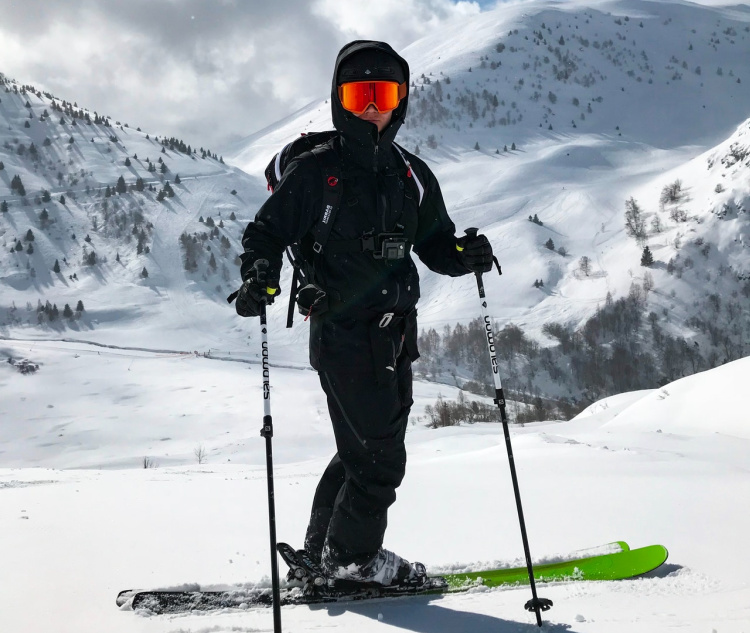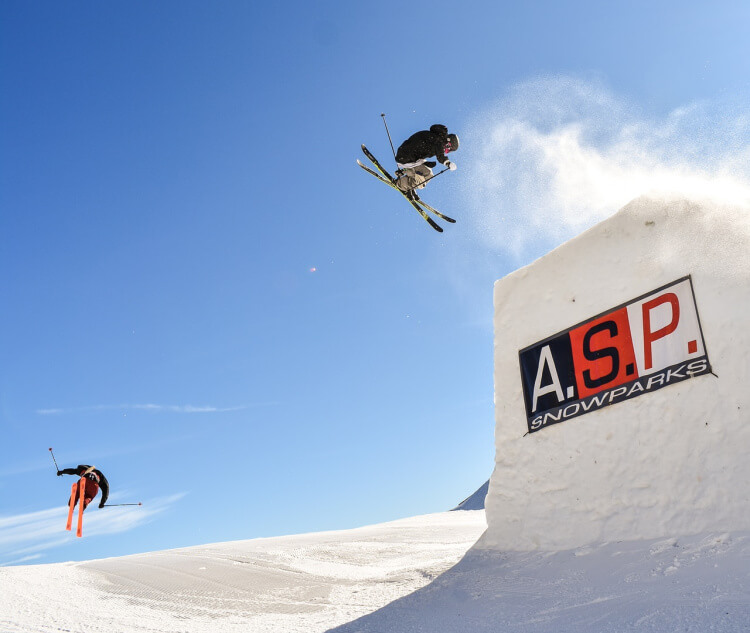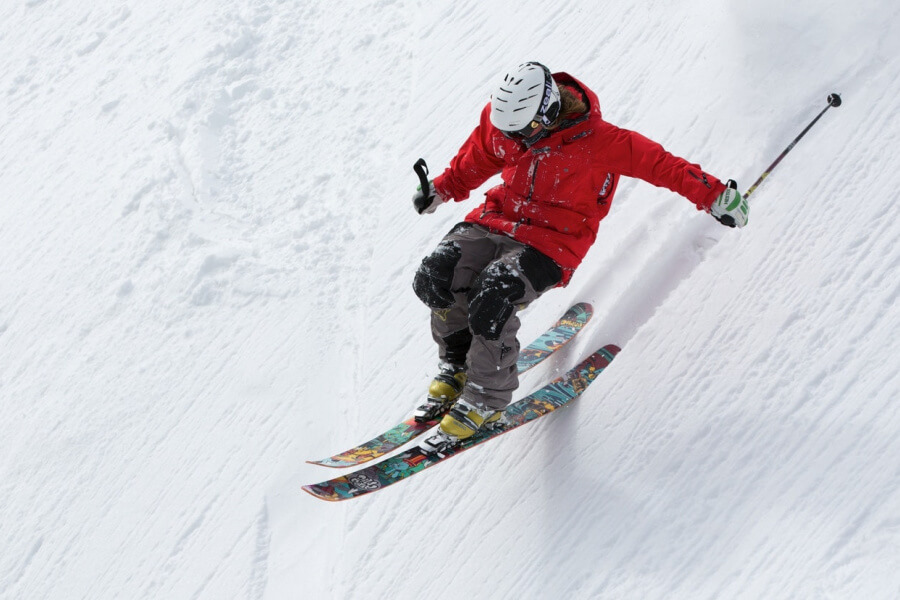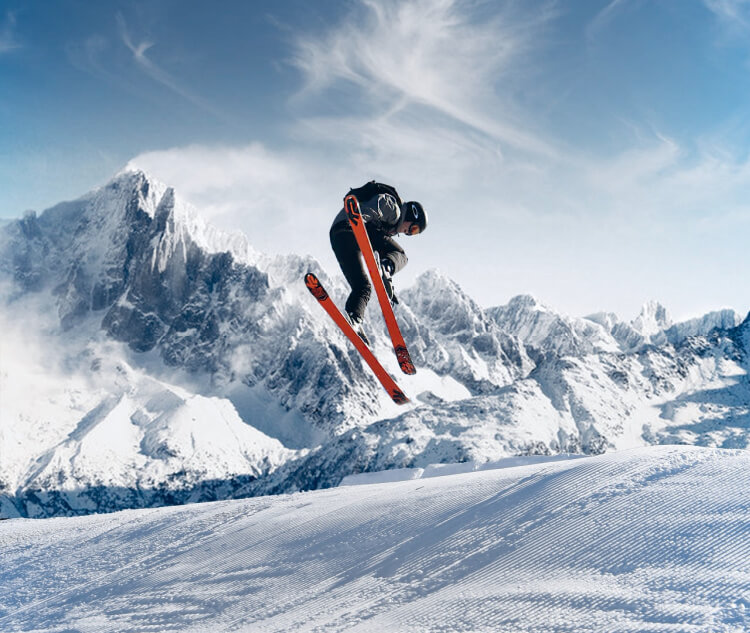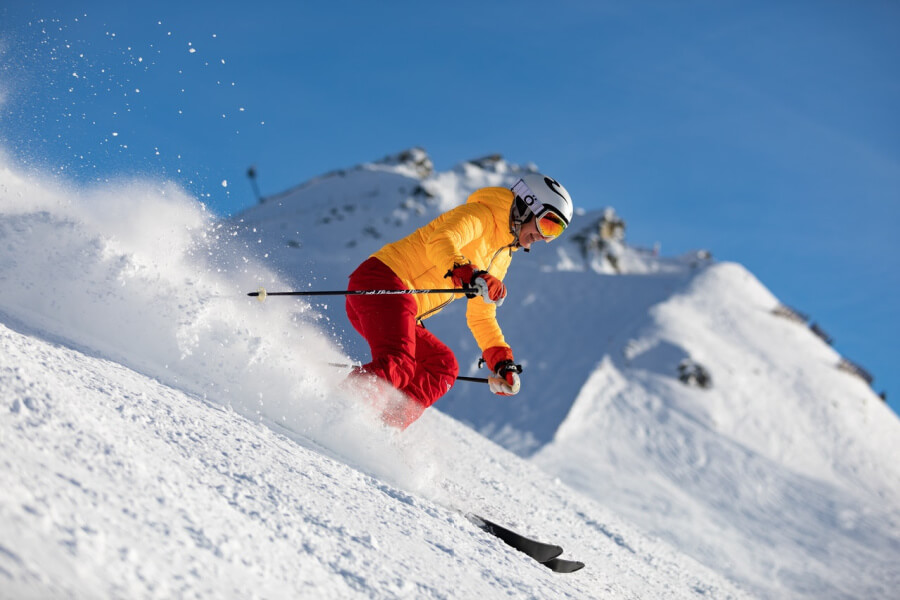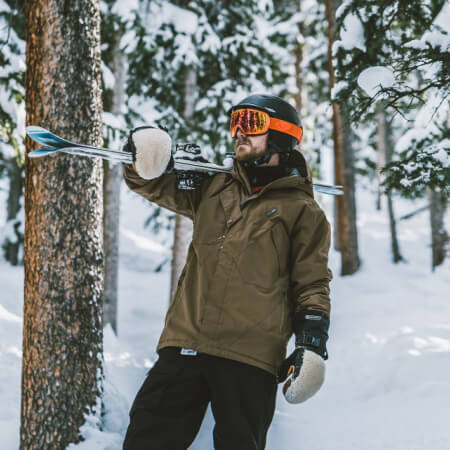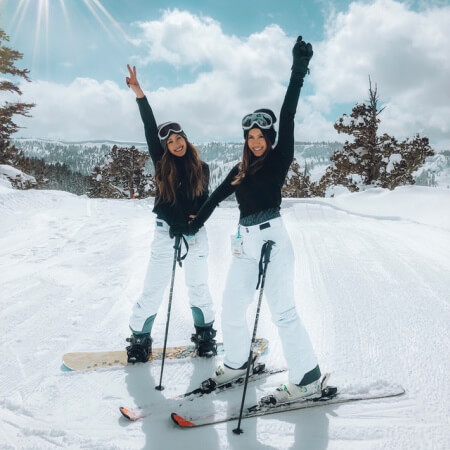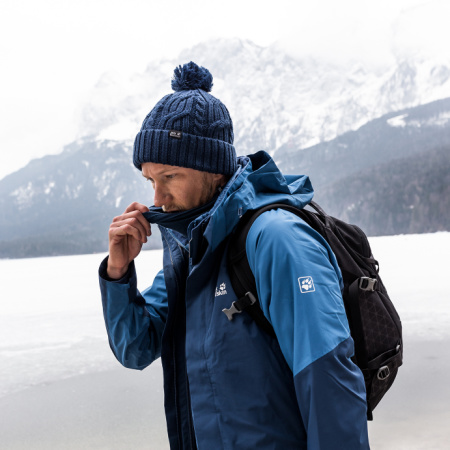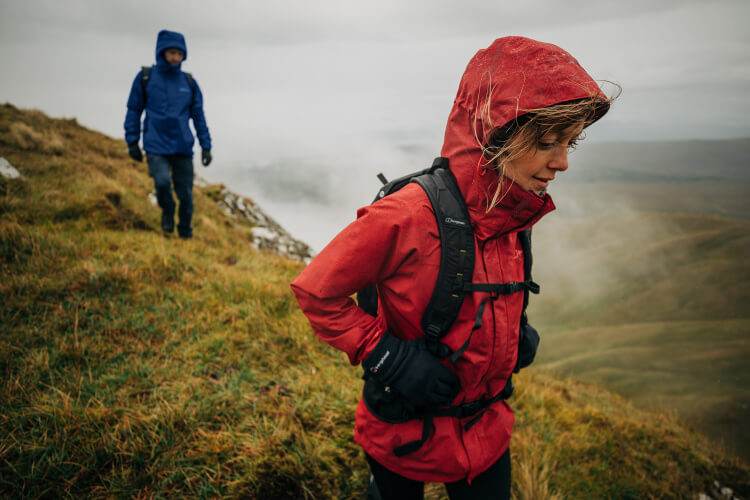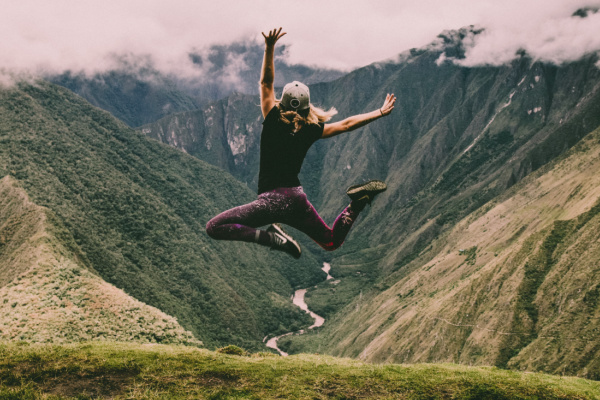Whether you’re skiing or snowboarding, you’re going to be moving around a lot, which means you’re going to sweat. So it’s important that your jacket is fully breathable in order to prevent the build-up of moisture inside your clothes and avoid what’s known as the ‘sauna effect’.
A decent ski jacket should be made from a breathable fabric that allows tiny water vapour molecules to travel through and escape the jacket while at the same time maintaining a barrier that stops water coming in from the outside.
You may see breathability displayed in grams. 5,000g is low and 20,000g or more is very breathable. Some jackets may instead carry a “RET value” for breathability. If you see this, you should know that most skiers aim for a number 10 on this scale.
Other breathability features to look out for include ventilation zips (or pits zips) under the arms, where sweat is most likely to build-up, as well as a mesh inner lining.


